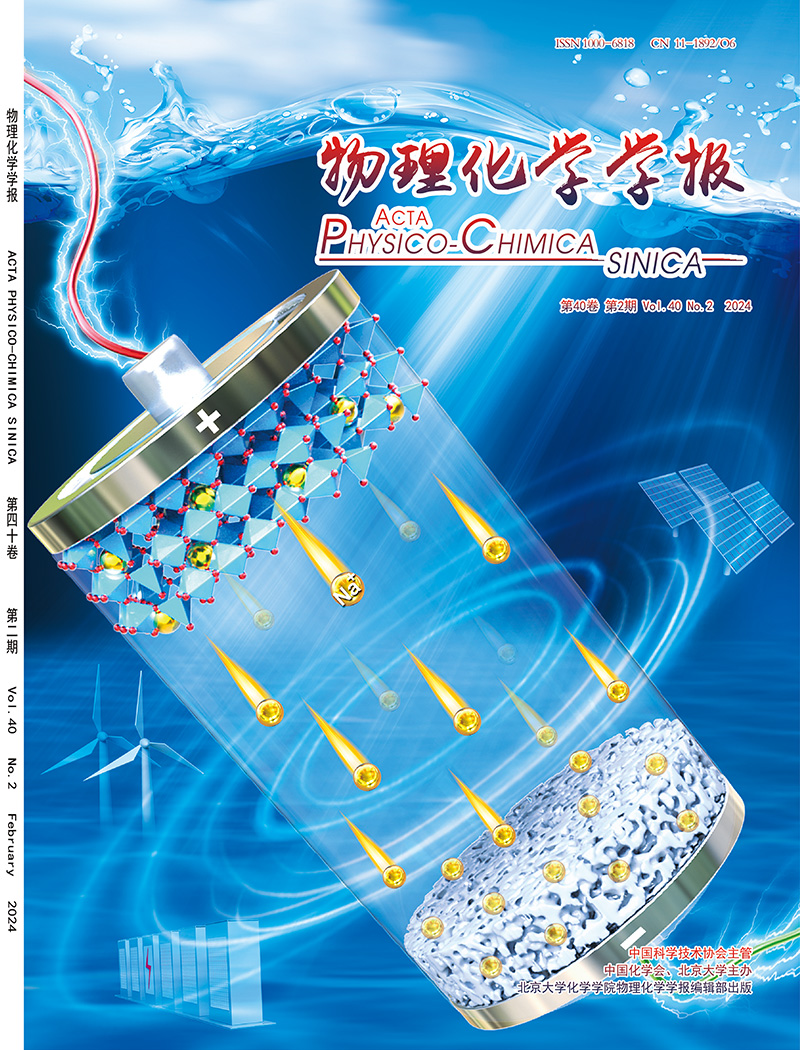Improving hydrogen peroxide photosynthesis over inorganic/organic S-scheme photocatalyst with LiFePO4
IF 13.5
2区 化学
Q1 CHEMISTRY, PHYSICAL
引用次数: 0
Abstract
With the rapid development of new energy industries, the utilization of waste batteries has attracted the attention of researchers. Developing a hydrogen peroxide photosynthesis system with battery recycling materials as photocatalysts presents a significant challenge. In this study, an ultrasonic self-assembly technique is employed to integrate LiFePO4 (LFPO) nanoparticles, derived from spent batteries, with g-C3N4 (CN) nanosheets, thereby creating an inorganic/organic S-scheme photocatalyst for the production of H2O2. In situ analyses using X-ray photoelectron spectroscopy (XPS) and Kelvin probe force microscopy (KPFM) demonstrate that the interaction between LFPO and CN facilitates the development of an internal electric field (IEF), which in turn gives rise to a distinctive S-scheme charge transfer mechanism. Combining electron spin resonance spectroscopy, radical-trapping experiments, and in situ DRIFTS spectra, three pathways for H2O2 formation are identified. Benefited from enhanced carrier separation, strong redox power, and multichannel H2O2 formation, the optimal composite shows an impressive H2O2-production rate of 3.22 mol g−1 h−1 under simulated solar irradiation. This research provides a potential method to investigate a sustainable H2O2 photosynthesis pathway by designing S-scheme heterojunctions from spent battery materials.

LiFePO4改善过氧化氢在无机/有机s型光催化剂上的光合作用
随着新能源产业的快速发展,废旧电池的利用问题引起了研究人员的关注。以电池回收材料为光催化剂开发过氧化氢光合作用系统是一个重大挑战。本研究采用超声自组装技术将废电池中提取的LiFePO4 (LFPO)纳米颗粒与g-C3N4 (CN)纳米片整合,从而制备出用于生产H2O2的无机/有机S-scheme光催化剂。利用x射线光电子能谱(XPS)和开尔文探针力显微镜(KPFM)的原位分析表明,LFPO和CN之间的相互作用促进了内部电场(IEF)的发展,从而产生了独特的S-scheme电荷转移机制。结合电子自旋共振光谱、自由基捕获实验和原位漂移光谱,确定了H2O2形成的三种途径。在模拟太阳照射下,优化后的复合材料的H2O2产率为3.22 mol g−1 h−1,具有较强的载流子分离能力、较强的氧化还原能力和多通道H2O2生成能力。本研究为利用废旧电池材料设计S-scheme异质结研究可持续的H2O2光合作用途径提供了一种潜在的方法。
本文章由计算机程序翻译,如有差异,请以英文原文为准。
求助全文
约1分钟内获得全文
求助全文

 求助内容:
求助内容: 应助结果提醒方式:
应助结果提醒方式:


